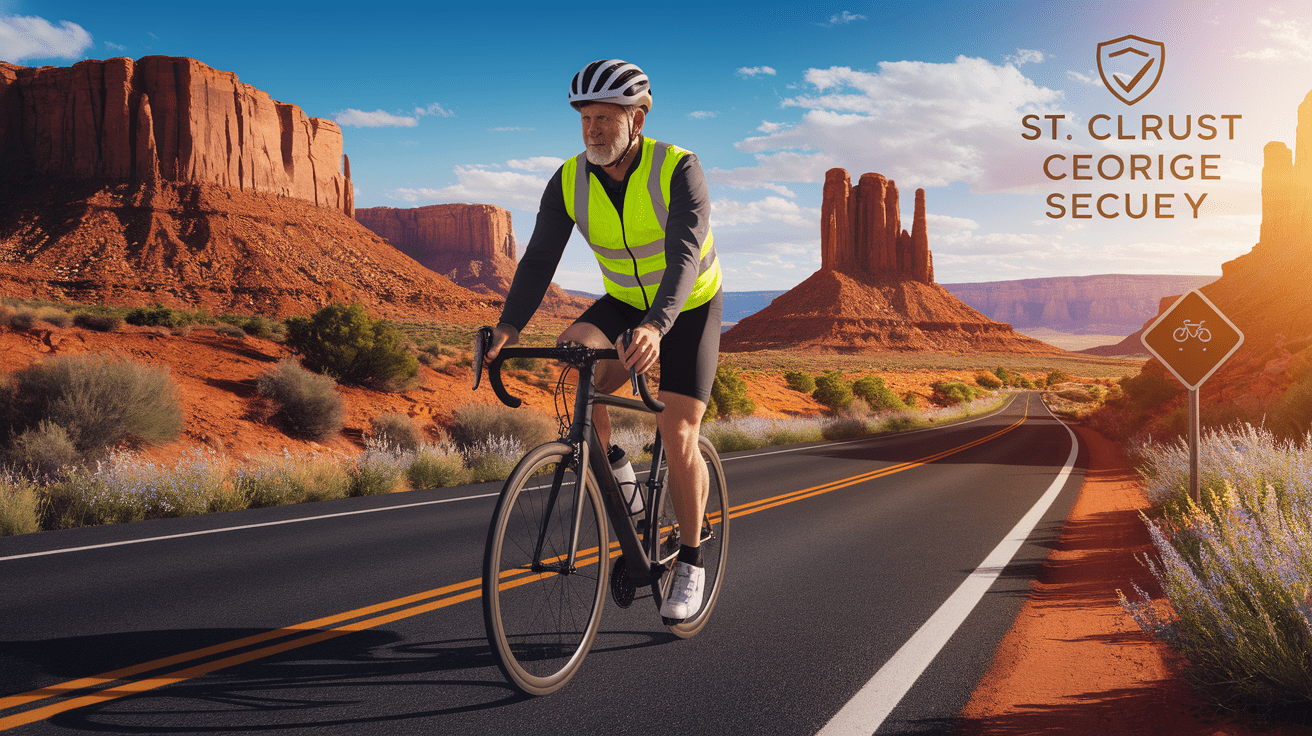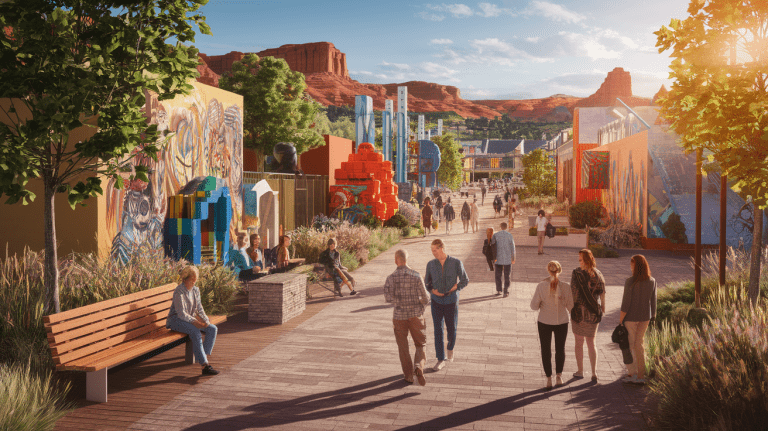Guarding Your Ride: A Cyclist’s Safety Guide for St. George Roads
Kicking Off Your Safe Spin: Key Safety Facts for St. George Cyclists
If you’ve been out on two wheels around St. George, Utah, you’ll know our roads offer beautiful scenery—but also unique challenges. Local crash data from the St. George Active Transportation Plan reveals that crashes often happen because of road geometry, tricky intersections, and low-light conditions. Between 2010 and 2016, 13% of cycling crashes occurred at intersections, while 25% were linked to steep grades or blind curves. What’s even more sobering is that 72% of fatal incidents happened in the dark.
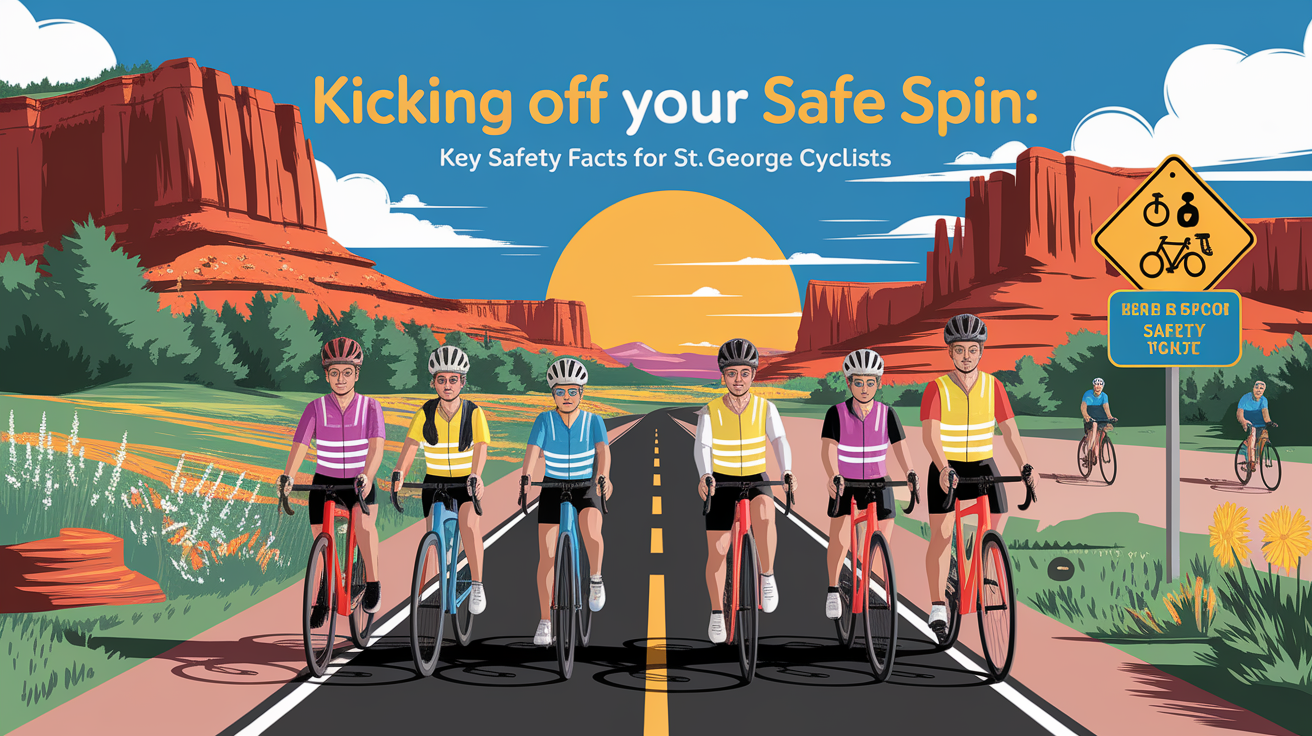
Being aware of these statistics isn’t about instilling fear—it’s about making smarter choices. Knowing when and where accidents happen helps us steer our rides towards safer routes and strategies.
Mapping Danger Zones: Intersections, Grades, and Blind Curves
Some parts of St. George’s cycling routes are more accident-prone due to road design and terrain. Intersections, for example, are high-conflict points where driver attention can be split. Steeper road grades can cause speed control issues, while blind curves hide what’s ahead until the last second.
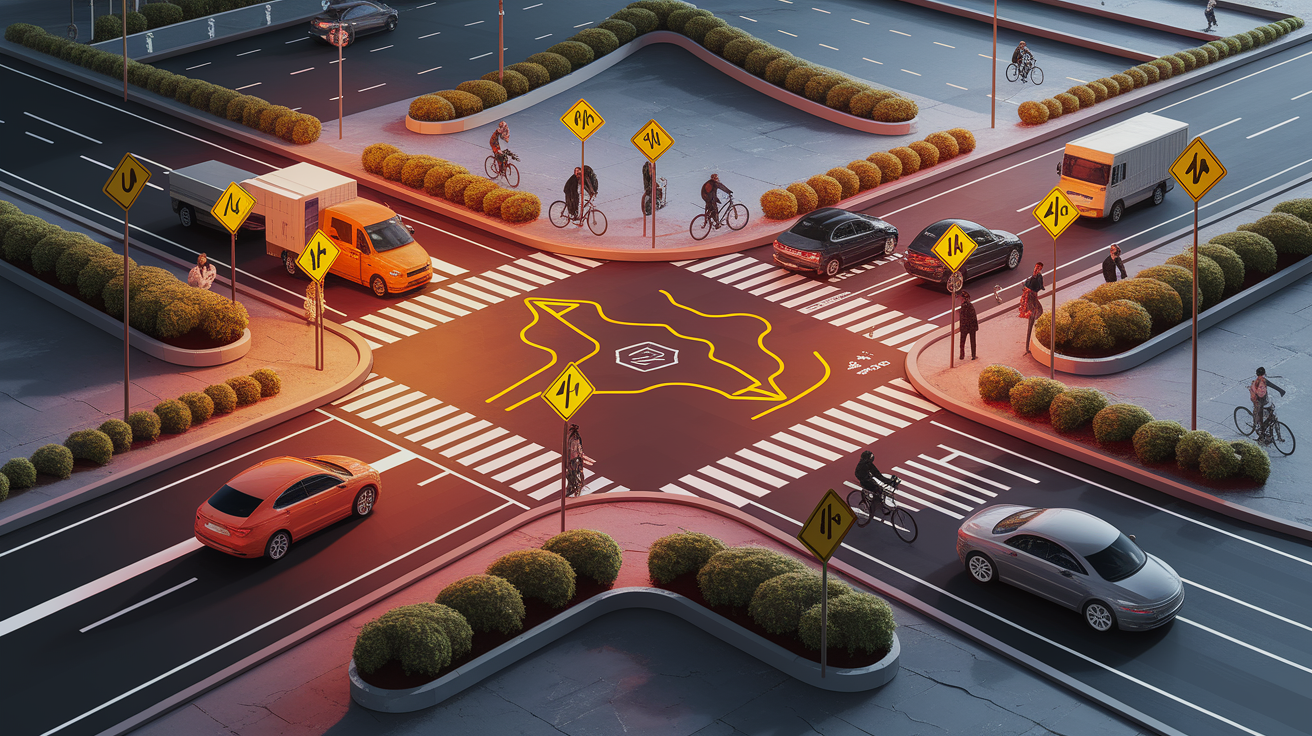
When planning a route, try to:
- Scan cycling maps for flatter, straighter paths—especially if you’re new to road cycling.
- Approach intersections at a controlled speed and make eye contact with drivers when possible.
- Ride defensively on curves, assuming there may be vehicles or obstacles just out of sight.
Riding in the Dark: Timing and Visibility Strategies
Data shows the highest-risk window for cyclists nationwide is between 6 pm and 9 pm, a time when reduced daylight and heavier traffic coincide (source). In St. George, fatal crashes occur disproportionately in the dark, so good visibility is critical.
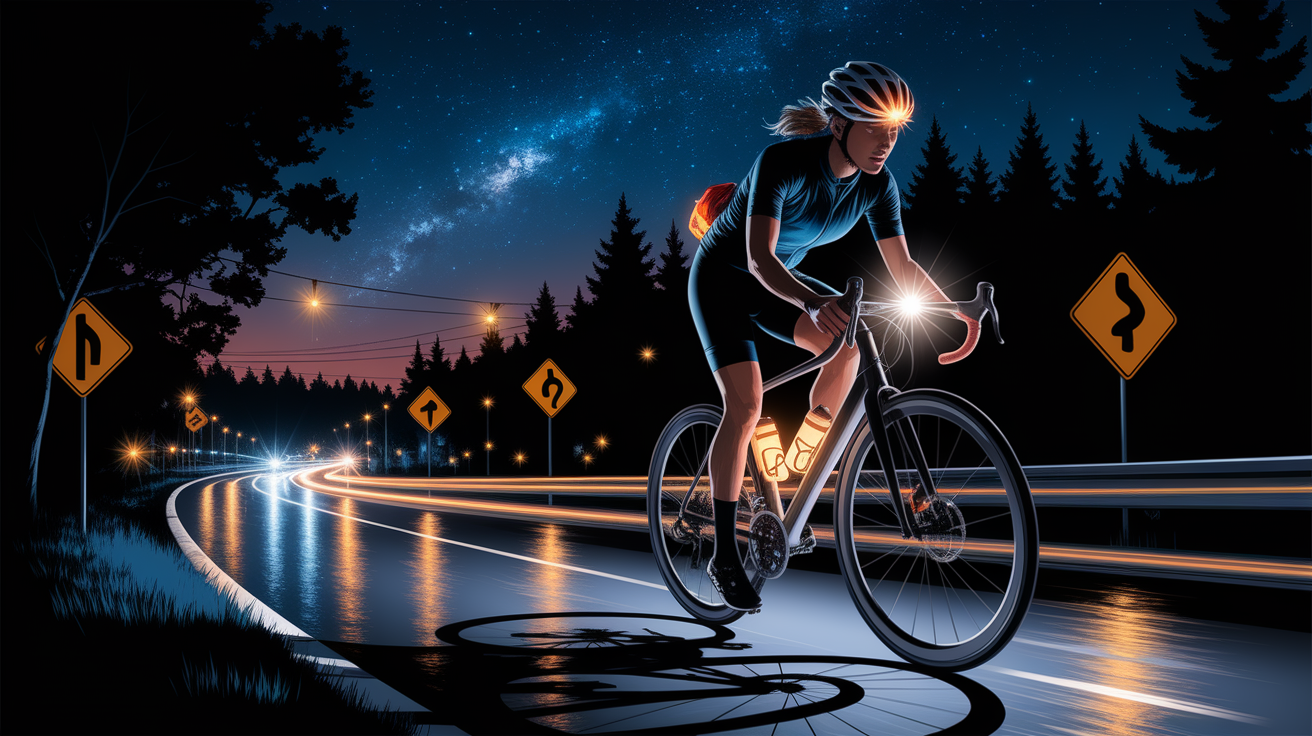
Here are some simple visibility boosters:
- Use a strong white front light and a bright red rear light—even during overcast daytime rides.
- Wear reflective clothing, ankle bands, or a brightly colored vest.
- If riding at dusk or night, choose well-lit streets or paved trails where lighting is consistent.
And if possible, plan to ride earlier in the day when there’s more daylight and less rush-hour traffic.
Rule the Road: Utah Cycling Laws You Must Know
Utah’s cycling laws are designed to keep both cyclists and motorists safe. According to state regulations:
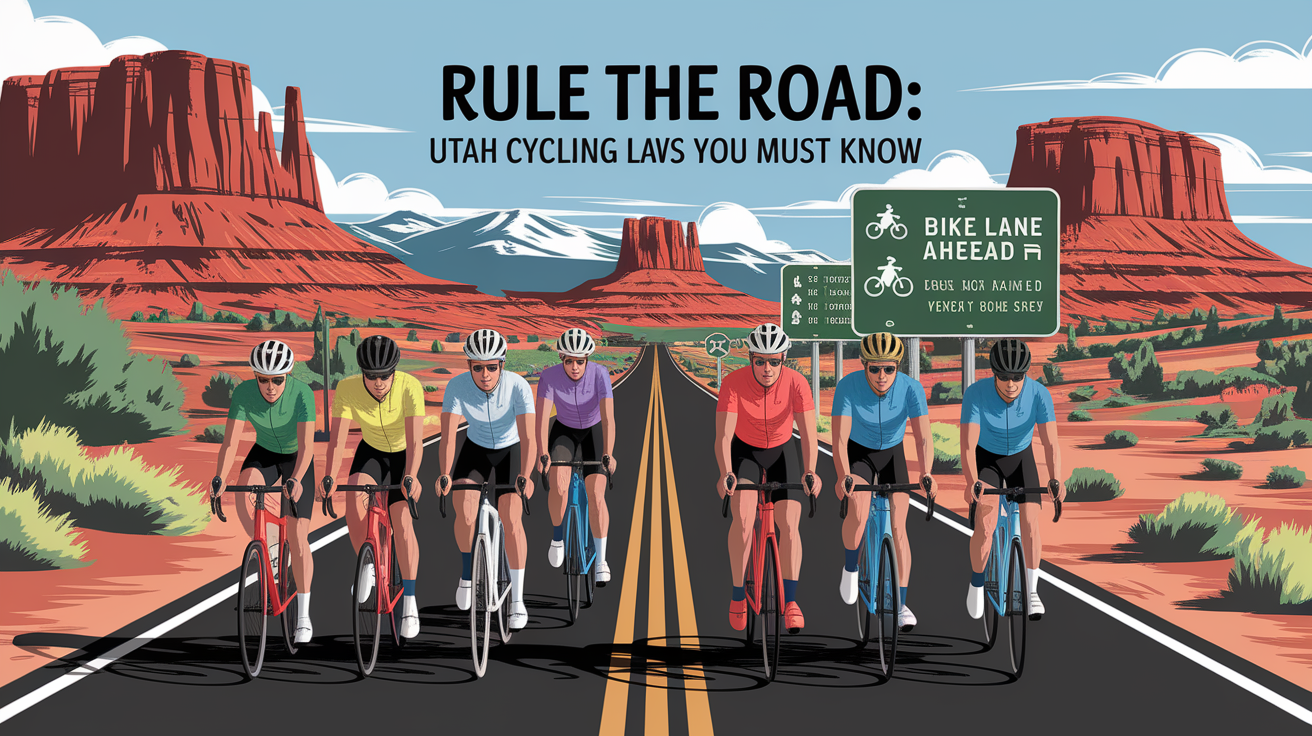
- You must signal turns or stops at least three seconds in advance, using the correct hand signals.
- You can make a left turn from a left-turn lane or from the right side when it’s safe.
- If you’re 16 or older, you can cautiously proceed through a red light after stopping and waiting 90 seconds, provided it’s clear.
- Always yield to pedestrians and give an audible signal (like a bell or your voice) when passing them.
Knowing these rules is just as important as any piece of cycling gear—it helps prevent misunderstandings on the road.
Safer Paths: Choosing Between On-Street Bikeways and Trails
St. George offers both on-street bikeways and an increasingly popular system of paved trails. In 2024 alone, over 1.1 million uses were recorded on city trails, according to trail usage reports. These off-road paths are a fantastic choice if you want to avoid vehicle traffic altogether.
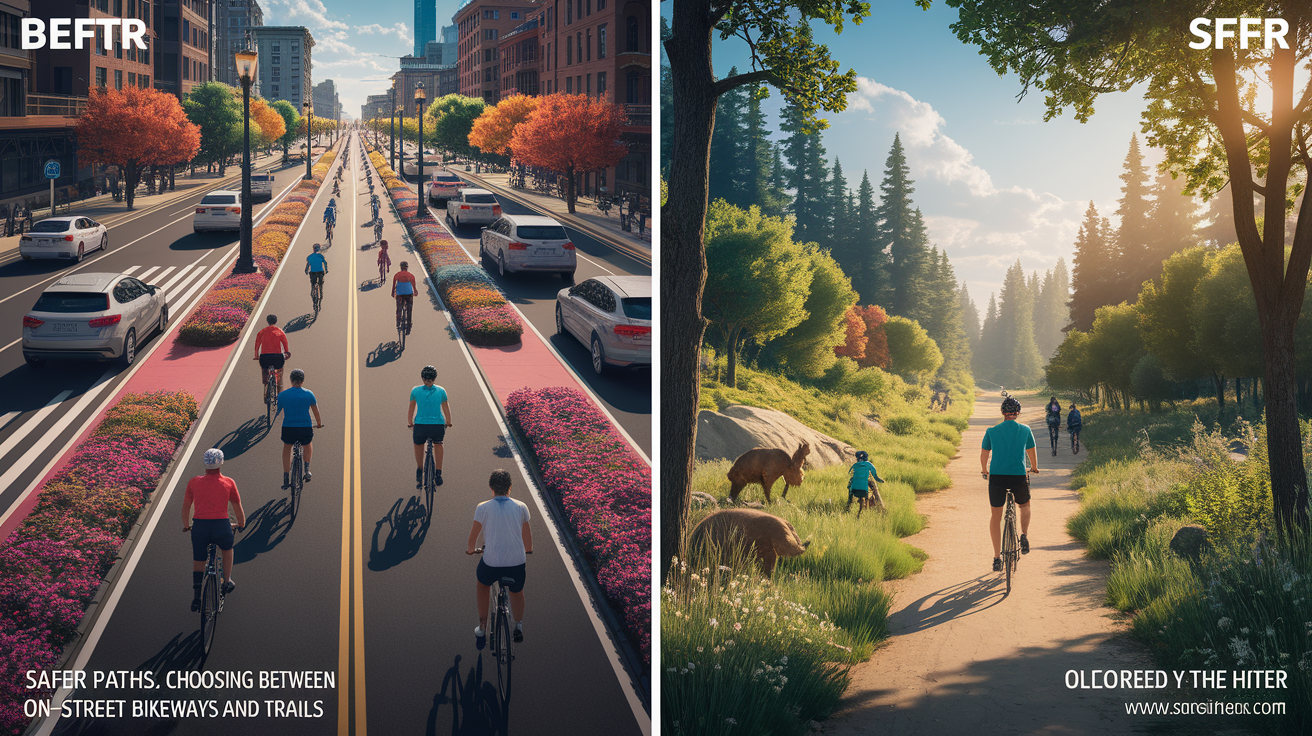
Consider trails for:
- Family-friendly rides with less noise and fewer hazards.
- Evening rides, since many trails have consistent lighting.
- Scenic, relaxed recreational cycling without the stress of traffic.
On-street bikeways can be faster for commuting but require more alertness, especially where bike lane markings fade or where vehicles may enter your space.
Helmet Up: Protective Gear to Reduce Injury
According to the Utah Highway Safety Office, helmets can reduce the risk of head injury by up to 85% in a crash. Yet, helmet use in Utah is lower than ideal—especially among younger riders.
When choosing a helmet:
- Look for a snug, level fit with straps adjusted so you can only fit one or two fingers under your chin.
- Check for a CPSC (Consumer Product Safety Commission) certification label inside.
- Replace your helmet if it’s been in a crash or is more than five years old.
Pair your helmet with gloves, protective eyewear, and reflective gear to maximize your safety.
Cruising Ahead Confidently: Your Final Safety Checklist
Before you roll out on any St. George route—be it a scenic mountain loop or a quick trip through town—make a habit of running through this checklist:
- Helmet on and properly fitted.
- Front and rear lights working and visible.
- Bright or reflective clothing for day and night rides.
- Tire pressure and brakes checked.
- Knowledge of your route’s intersections, grades, and any blind spots.
- Aware of current weather and road surface conditions.
- Familiarity with Utah’s cycling hand signals and traffic rules.
In St. George, with its mix of vibrant urban stretches and wide-open natural beauty, cycling can be both safe and exhilarating—if you prepare. A little planning, the right gear, and respect for the rules can help you enjoy every mile with confidence.

